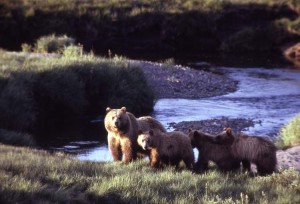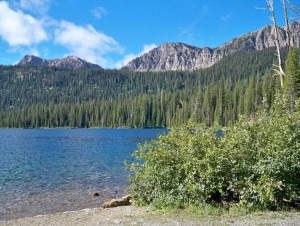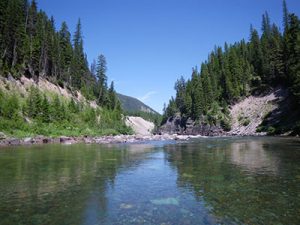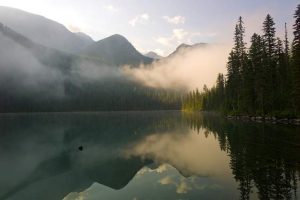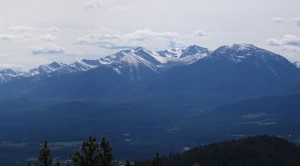
Hecla Mining’s proposed Rock Creek Mine near the Cabinet Mountains Wilderness received partial approval from the US Forest Service — enough to build an adit and do some environmental work. By and large, this is a victory for opposition environmental groups . . .
Opponents and proponents of a proposed copper and silver mine in Sanders County are both celebrating after the U.S. Forest Service announced it would issue only a partial approval for the project in an upcoming Record of Decision.
Conservation groups say that the decision to withhold a full development permit for the Rock Creek Mine proves that a massive industrial project should not be developed beneath a wilderness area for fear that it will dewater the land above. But officials with Hecla Mining Company, the Coeur d’Alene-based mining company heading up the project, said that a phased approval has always been part of the plan.
In a letter dated Oct. 31, Deputy Regional Forester David E. Schmid announced that the final Record of Decision would only approve phase 1 of the Rock Creek Project, allowing the construction of a mine adit and an environmental evaluation of the site, which is located near Noxon.
